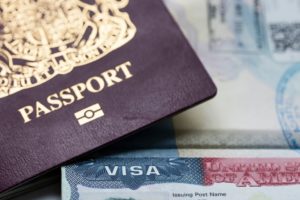For 2024, you can elect the de minimis safe harbor to expense assets costing $2,500 or less ($5,000 with audited financial statements or similar). The term “safe harbor” means that the IRS will accept your expensing of the qualified assets if you properly abided by the safe harbor rules. The de minimis safe harbor, when implemented,
requires you to immediately deduct as business expenses any assets with less than a specific dollar amount that you select (within limits), and
gives you a regulatory advance agreement from the IRS that it will not, in an audit, challenge your election to expense.
Here are three benefits of this safe harbor:
Safe harbor expensing is superior to Section 179 expensing and depreciation because you don’t have the recapture period that can complicate your taxes.
Safe harbor expensing simplifies your tax and business records because you don’t have the assets cluttering your books.
The safe harbor does not reduce your overall ceiling on Section 179 expensing.
Here’s how the safe harbor works. Say you are a small business that elects the $2,500 ceiling for safe harbor expensing, and you buy two desks costing $2,100 each. On the invoice, you see the quantity “two” and the total cost of $4,200, plus sales tax of $378 and a $200 delivery and setup charge, for a total of $4,778. Before this safe harbor, you would have capitalized each desk at $2,389 ($4,778 ÷ 2) and then either Section 179 expensed or depreciated it. You would have kept the desks in your depreciation schedules until you disposed of them. With the safe harbor, you expense the desks as office supplies—your tax records life is easier.
To put safe-harbor expensing in place:
Have an expense policy in place at the beginning of the year.
Put the expense policy in writing, and comply with it.
Keep the invoices.
Make the annual election to expense on your federal income tax return.




